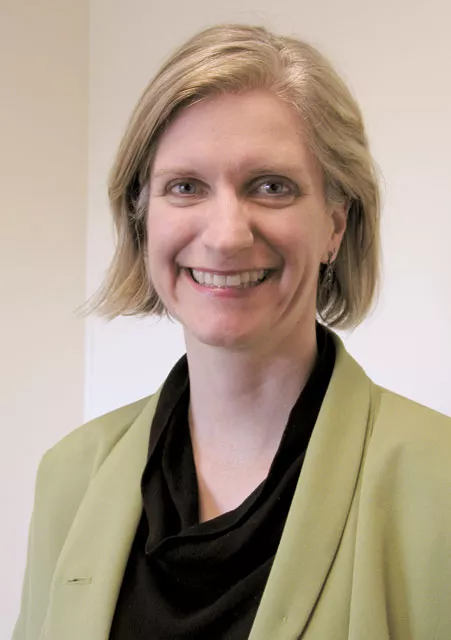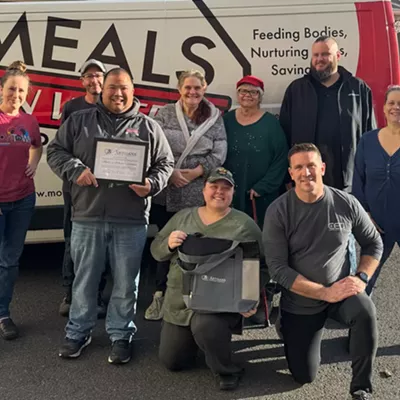From head size to birthday home videos, researchers at the University of Washington’s renowned Autism Center have found early signs of autism in some unusual places. Now they are bringing their innovative methods to a bold new study on autism prevention.
“We’re not only trying to identify kids early, but we’re also simultaneously wanting to see what we can do to effectively intervene,” says Annette Estes, associate director of the UW Autism Center and head of the clinical assessment part of the study, which began in January.
Autism is a developmental disorder marked by social and communication difficulties such as poor eye contact or lack of speech. It might seem premature to talk of prevention when the concrete cause of autism is still up in the air. The best evidence supports a genetic cause, but scientists are still working out how 15 or more implicated genes interact with each other and, perhaps, with environmental factors to produce autism. Instead of waiting for the answer to design a prevention strategy, the new study turns to the expertise of autism therapists, who know that early detection and treatment help the most.
Treatments — or “interventions” — that teach social and communication skills are more effective when begun early, perhaps because young brains are particularly pliable. “Starting so early ... before signs are present and right when the very first signs start to emerge [may] improve outcomes, and maybe even make it so that ... fewer children go on to develop autism,” says Estes.
The new study asks whether intervening so early — even before an autism diagnosis can be made — will improve outcomes of babies at high risk for autism. These high-risk children have an older sibling with autism. One in 20 will develop autism, compared to one in 150 children in the general population.
The early intervention encourages parents to do things with their babies that promote their development. They are coached on reading their babies’ cues and what they like in interactions. It turns out that what babies like can be good for them: For example, the syrupy baby-talk speech that some parents use with their babies actually helps them learn language, Estes says.
Those babies showing symptoms of autism at 12 months go to the next step of the intervention. “If they have early signs of communication delay, or a lack of typical responsiveness to social interactions, or a lack of some of the kind of emotional reciprocity that most little kids share with people quite frequently, then there are specific ways of increasing (these) that we’ve learned from working with young children with autism,” says Estes.
While some kids will naturally grow out of these symptoms, others will not, she says. Treating all of them early will catch the ones headed down the path of autism earlier than before, potentially lessening or even eliminating their symptoms. The group that received the additional, early intervention will be compared to the control group that did not. All children will be evaluated at regular intervals and referred for services if any signs of autism develop.
The study has provoked grumbling already, with some seeing the parent involvement as blaming parents for autism. Estes rejects this. “We know that parents don’t cause autism,” she says, pointing out that the study is designed to make full use of parental expertise in promoting their children’s development. “Kids are designed to interact with their parents early on, not a team of interventionists,” she says.
When thinking of the parents’ role in the study, Estes offered an example from diabetes. “If you think about a child with diabetes, you wouldn’t think the parent caused the diabetes. But you would think that parents could be taught how to look for early signs of diabetes onset, and then how to intervene if they saw those early signs so that the downstream effects of untreated diabetes could be prevented.”
The prevention study is part of a larger, $11.3 million project that is looking for early predictors of autism in these high-risk children. A multidisciplinary team is researching genetic, behavioral and neural markers that may help diagnose autism even earlier. Early diagnosis creates time for earlier treatment, which is where the prevention study steps in. Estes says, “We want to have our research not only say to parents, ‘Well, your child is at risk,’ but also be able to say, ‘and here’s what you can do.’”
Michele Solis is a freelance science writer living in Seattle. This article first appeared on crosscut.com.
MORE TO LEARN
The UW Autism Center is opening its research to families outside the Seattle area. They are looking for infants who have siblings with and without autism to visit the Autism Center at 6, 12 and 24 months to participate in testing. Travel expenses are paid. For more information, call (800) 994-9701.
















